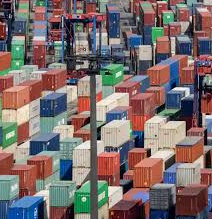Bioluminescence Returns to Singapore Shores
Brilliant Bioluminescence Lights Up Sentosa
On the evening of Nov. 22, a mesmerising blue glow captivated onlookers near Sentosa Island. The phenomenon, caused by bioluminescent microorganisms, was captured on video by Alan, a hairstylist aboard a yacht. The glow intensified as the boat’s propeller stirred the waters, revealing the dazzling light show.
Alan shared the footage with Clarence Sim, a PhD candidate at Nanyang Technological University (NTU), who researches marine plankton in Singapore. Earlier that day, Sim had observed the same luminous species, Noctiluca scintillans, at St. John’s Island and Raffles Lighthouse during his routine sampling. This bioluminescent dinoflagellate emits light when triggered by movement, creating a spectacle visible to the naked eye.
Recurring Blooms Spark Interest and Concerns
This marks the third time in 2024 that Noctiluca scintillans blooms have been recorded in Singapore waters. Federico Lauro, an NTU associate professor and principal investigator at the Singapore Laboratory for Integrative Microbial Ecology (S.L.I.M.E. Lab), described these blooms as “natural thermometers.” Though harmless, they hint at changing marine conditions that could favour more harmful algal species in the future.
Previous harmful algal blooms in Singapore have led to catastrophic fish deaths, including a 2015 event that wiped out 700,000kg of farmed fish and caused S$1.3 million in losses per farmer. While blooms have been frequent since then, none have proven dangerous. Lauro noted that factors such as warmer temperatures and nutrient runoff are key contributors to these phenomena.
A Glimpse of Nature’s Beauty—and a Warning
The Noctiluca scintillans bloom, which dazzled visitors at Sentosa, East Coast Park, and Pasir Ris Park, has reportedly subsided. However, its appearance serves as both a stunning reminder of nature’s wonders and a subtle indication of ecological shifts in Singapore’s waters.
Researchers continue to monitor these blooms, hoping to gain deeper insights into their causes and implications.








